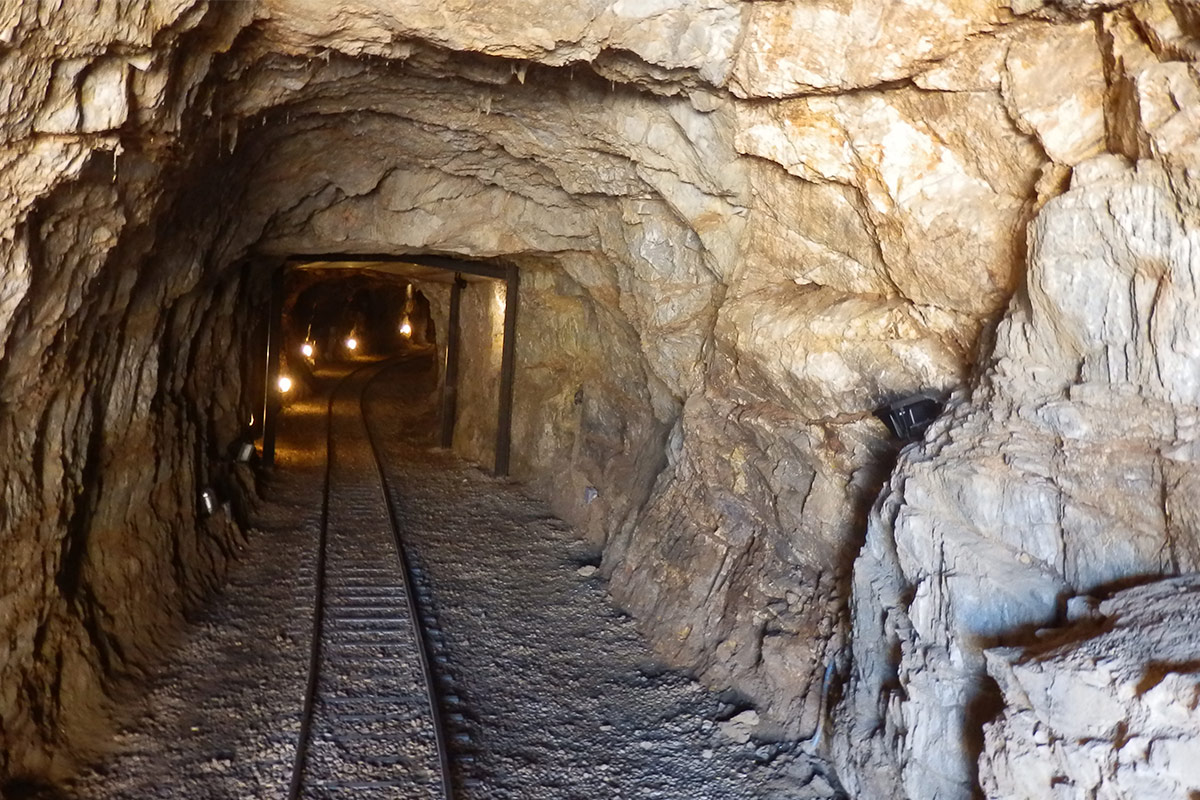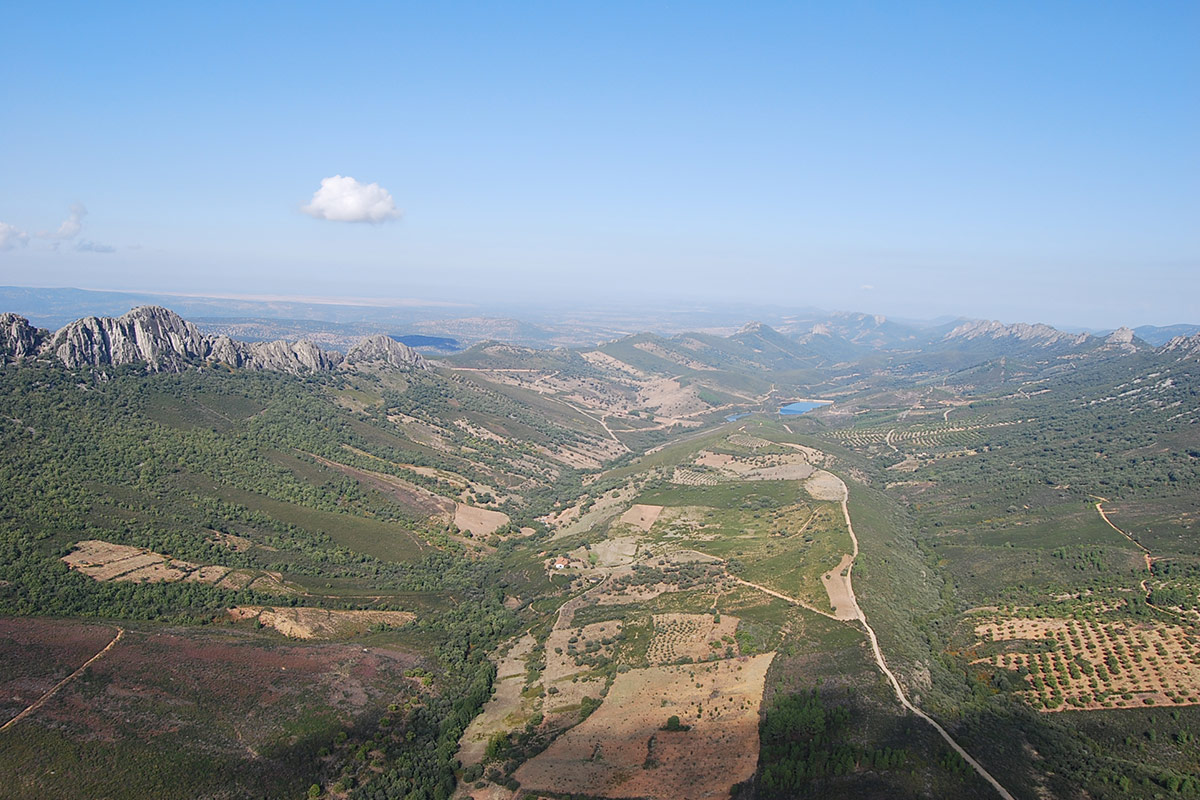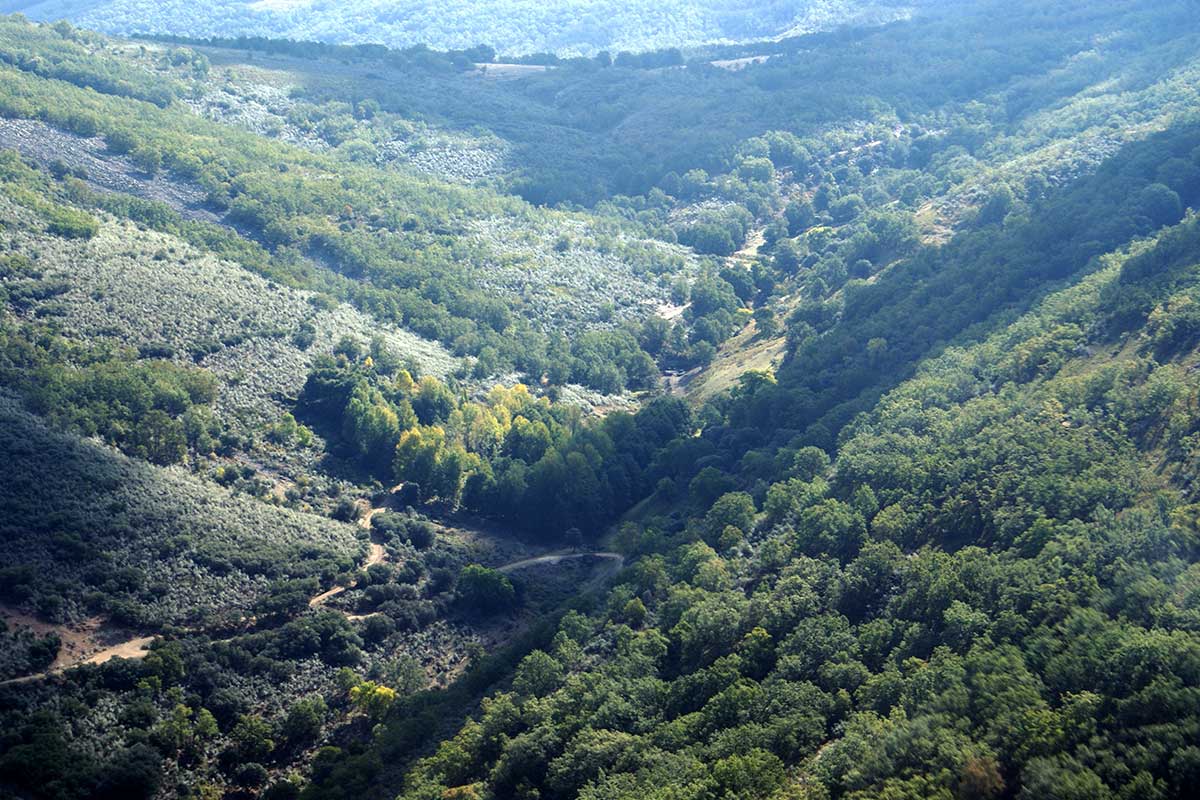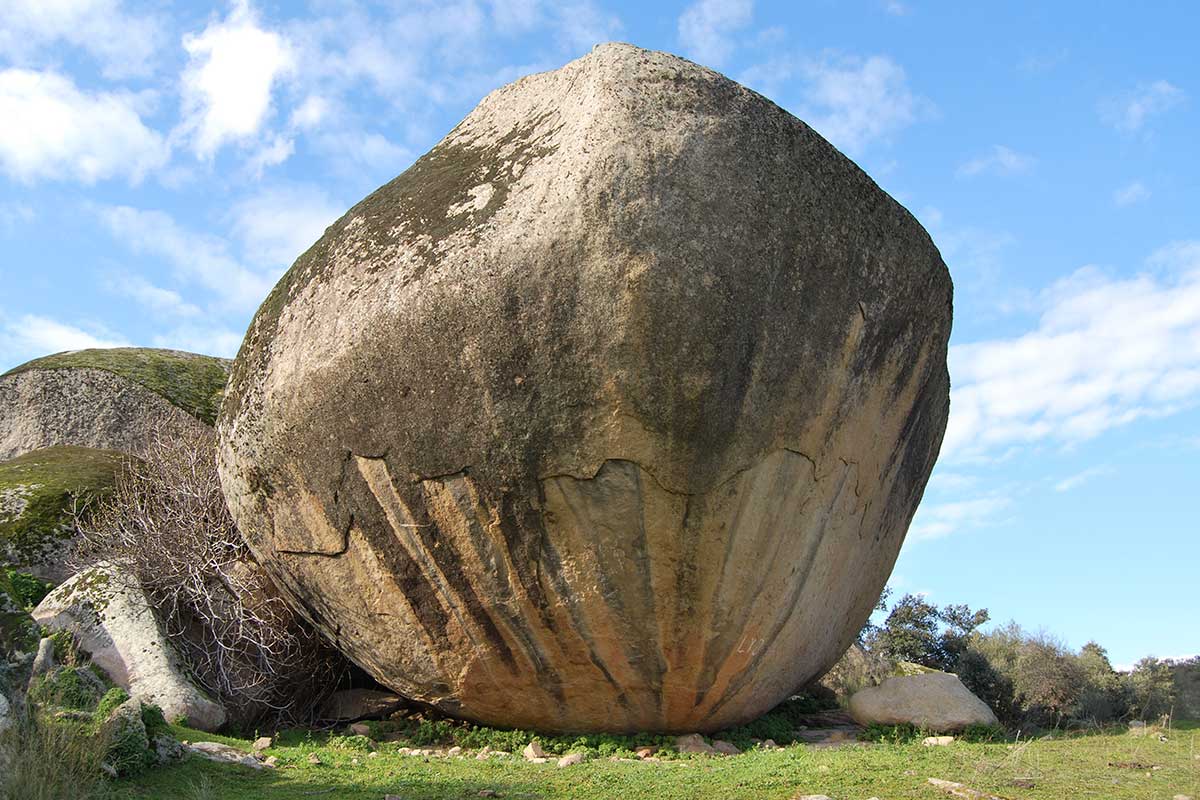In the first place we will answer a query which no doubt you have in mind as you read this: what is a geosite?
A geosite or site of geological interest (Lugar de Interés Geológico, LIG) can be defined as an area which is included in the geological heritage of a place or region and which has one or two important features of proven importance in the geological history of the region.
In other words, a geosite is a window onto the past, a place where you can observe the Earth from a completely new perspective and become aware of the incredible history that the planet has had over millions of years.
At the Villuercas-Ibores-Jara Global Geopark of the UNESCO we have 50 geosites scattered over a surface area of 2,500 square kilometres. They will serve you as a guide to explore and discover this territory with its internationally recognised rich geodiversity. Start this incredible journey of discovery!
The Earth: a History in millions of years
Cenozoic
Today
Anthropocene?
2,58
Quaternary
23,03
Neogene
66
Paleogene
Mesozoic
145
Cretaceous
201,3
Jurassic
251,9
Triassic
Palaeozoic
298,9
Permian
358,9
Carboniferous
419,2
Devonian
443,8
Silurian
485,4
Ordovician
541
Cambrian
Proterozoico
635
Ediacaran (Neoproterozoic)
1.000
Neoproterozoic
1.600
Mesoproterozoic
2.500
Palaeoproterozoic
Hadean and Archean
4.000
Archean
4.600
Hadean - Origin of the Earth
13.800










































